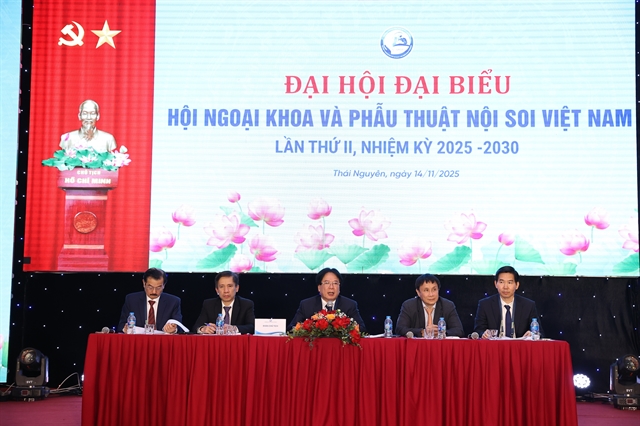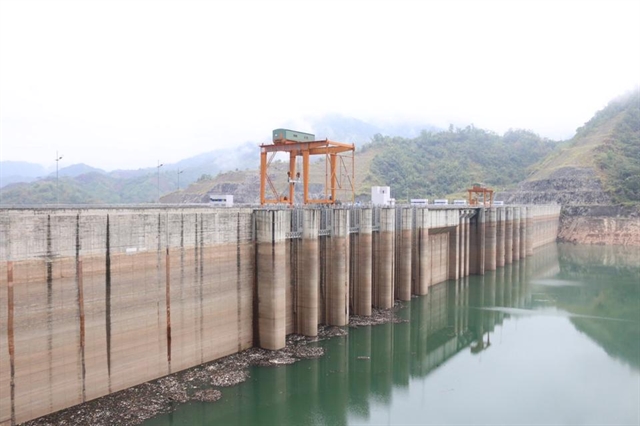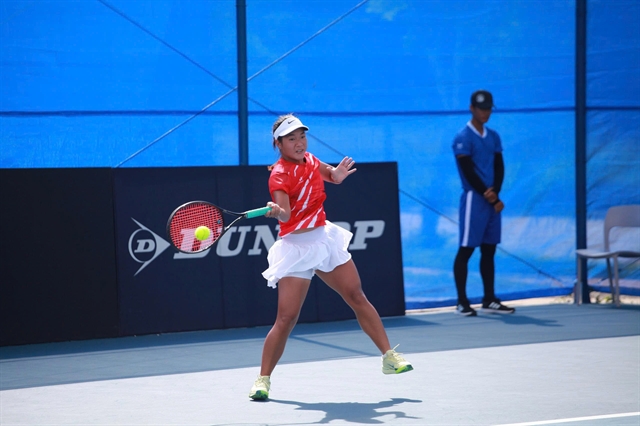 Society
Society


|
| Current water levels at Lai Châu hydroelectric reservoir. — Photo kinhtedothi.vn |
HÀ NỘI — Hydroelectric reservoirs' water levels are lower than annual averages, according to a Wednesday report from Vietnam Electricity Group (EVN), and 10 are either close to or under the 'dead level'.
During the monitoring of the national electricity system in April and early May, prolonged intense heat waves across a wide area led to a significant increasein electricity consumption.
Even though the early May heatwave in the northern region only lasted a few days, it resulted in very high levels of power capacity and electricity consumption throughout the country.
For instance, the total power consumption on May 6, albeit a Saturday, reached 43,300 megawatts, while the total energy consumption reached 895 million kilowatts per hour (kWh).
Forecast for the upcoming months of May, June, and July indicates that the northern region will enter the peak period of hot weather, resulting in an increasing trend of electricity consumption, surpassing the planned operation of the national power system approved by the Ministry of Industry and Trade.
Meanwhile, the hydrological situation of reservoirs in recent months has experienced unfavourable fluctuations, significantly lower than the multi-year average.
Many hydropower reservoirs across the country are facing water shortages, with several hydropower reservoirs in the central and southern regions experiencing low water levels.
According to the EVN, 10 are close or under the "dead level", which means that the total consumption is under 4,500 megawatts.
These reservoirs are Lai Châu, Trị An, Ialy, Bản Chát, Huội Quảng, Trung Sơn, Buôn Kuốp, Buôn Tua Srah, Srepok 3, and Sông Ba Hạ.
The remaining electricity production in the entire system is 4.5 billion kWh, which is 1.6 billion kWh lower than the planned amount and 4.1 billion kWh lower than the same period in 2022.
According to the forecast by the National Centre for Hydro-Meteorological Forecasting (NCHMF), as El Nino is expected to occur in the later months of 2023, there will be higher temperatures and lower rainfall compared to the multi-year average, which will further contribute to a decreasing trend in water inflow to reservoirs during the second half of the year.
To deal with this situation, EVN asked its customers to tighten energy-saving consumption, especially in the noon and evening hours.
EVN recommends putting air conditioners at a reasonable level, between 26 to 27 degrees Celsius, and avoiding using multiple high-capacity electrical devices simultaneously. — VNS




